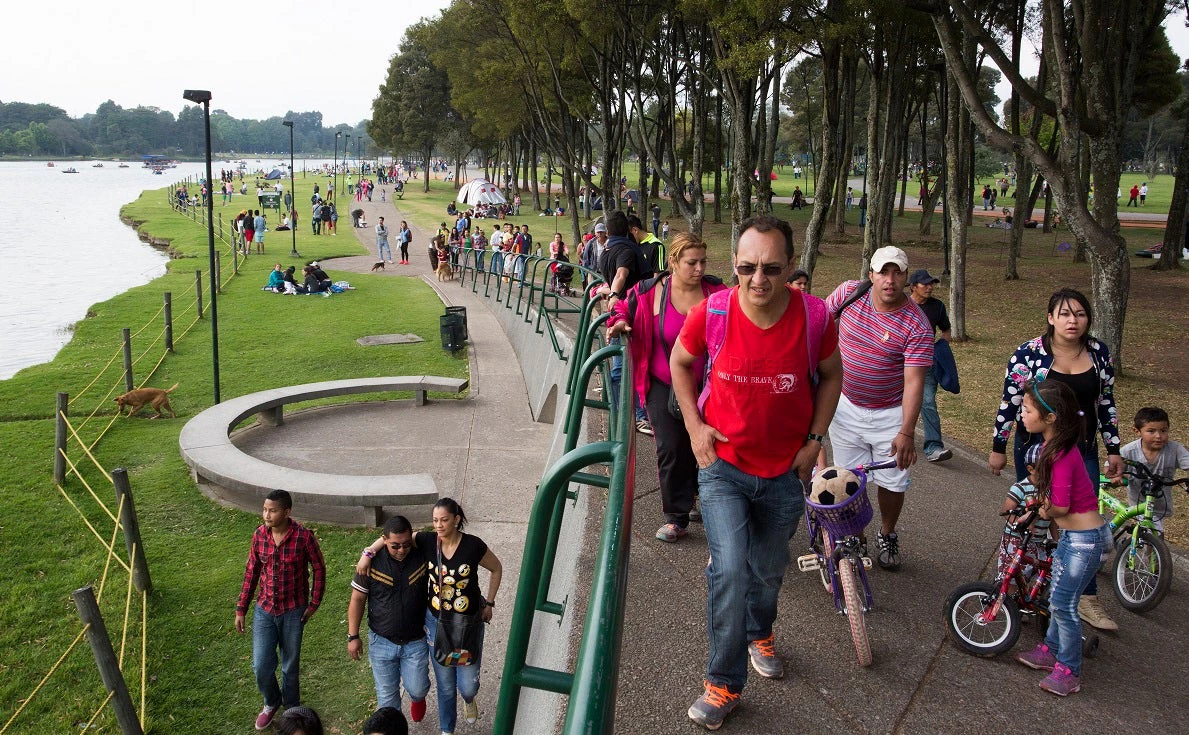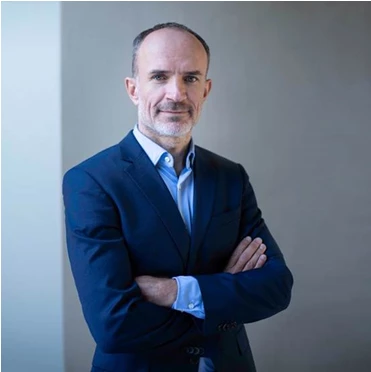 Families walking in Simon Bolivar Park in Bogotá, Colombia
Families walking in Simon Bolivar Park in Bogotá, Colombia
The “code red” climate crisis is upon us.
Evidence of climate extremes—the recent flooding in India, Germany and China, and heatwaves and wildfires in Greece and North America—is stronger than ever. At the Global Facility for Disaster Reduction and Recovery (GFDRR), we are hopeful that this will be point of inflection, where world leaders pull together to take decisive climate action to steer us away from the abyss.
Cities and communities in middle- and low-income countries have increasingly identified adaptation as an investment priority, to safeguard citizens and assets from climate extremes. This must be paired with concerted efforts to reduce emissions, prioritize green development, and lead in the transition to a low-carbon economy. Cities occupy only 2 percent of the world's land area but consume more than two-thirds of the world’s energy and account for more than 70 percent of global greenhouse gas (GHG) emissions —a share that will likely only grow with increasing levels of urbanization.
Although climate change is a global crisis, it feels like a battle that will be won or lost by cities. Cities are engines of economic development, hubs of culture and innovation. They concentrate assets and people, including the poor and vulnerable, and make the resilience of urban residents of critical importance to eliminating poverty and boosting prosperity.
The tools are all there to succeed: Cities concentrate some of the best brains, institutions, and the most financial resources. By pulling the right levers, cities can generate solutions for the climate crisis that will define the course for others to follow.
There are a couple of ways in which cities and communities can get started, including:
- Empower urban youth with technology skills and access that vastly that of their parents’ generation, to produce hyper-local information that, when integrated into cities’ data-management systems, can enable better planning and investments across services and functions. This space offers potential to leverage the ingenuity and skills of youth and encourage the ownership and accountability needed to solve resilience issues in urban areas. In the process, helping youth gain access to technology could also result in a strengthened social contract with their city governments.
- Invest in capacity-building to integrate resilience into broader urban-planning efforts. Much of the built environment for the cities of 2050 has yet to be constructed. There is an opportunity to influence the spatial pattern of new development in ways that consider the physical risks of a changing climate and are aligned with low-carbon growth strategies. To ensure that plans become actionable, cities must also invest in zoning and code enforcement. GFDRR offers a suite of programs and tools to help cities improve and enforce their resilience planning, including “City Scan,” the Resilient Investment Planning Workshop series of the City Resilience Program, and the Build Regulation for Resilience initiative.
- Link revenue to resilience. In capital-investment planning, prioritizing investments that raise public revenues and enhance resilience and accessing tools to help do that, helping cities reinvest in future revenue-generating projects. Cities can also create more value by taking better stock of their land and buildings and integrating this knowledge with broader investment planning to drive further revenue creation.
- Build with nature. The IPCC report also makes clear that the very urban form that makes it more efficient in organizing economic activity also contributes to increased heat and flooding. Citizens want green spaces for recreation and a connection to nature, and cities can do much more to make their natural assets more attractive. The global nature crisis is both a systemic risk for development and a development opportunity in its own right. Urban areas play a key role by offering economic opportunities at a whole different scale than land-intensive rural economies. Ultimately, more green space in the urban fabric can not only benefit citizens, but also build climate resilience.
This latest IPPC report makes the intensity of climate change abundantly clear. As development professionals, we cannot hide behind the complexity of the issue. We have the experience, will, and tools that already can add tremendous value for urban decision-makers. The time to act is now.


Join the Conversation